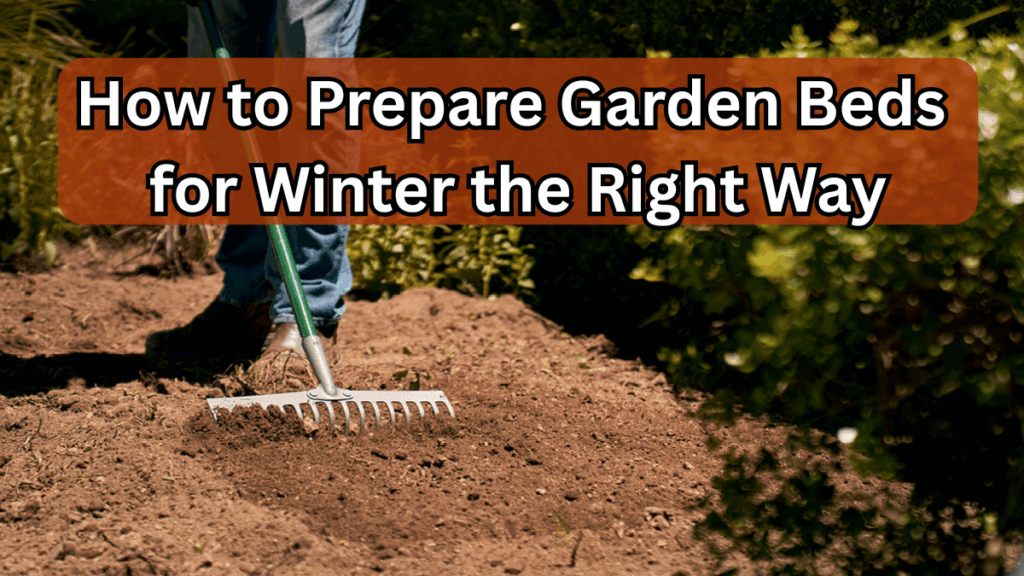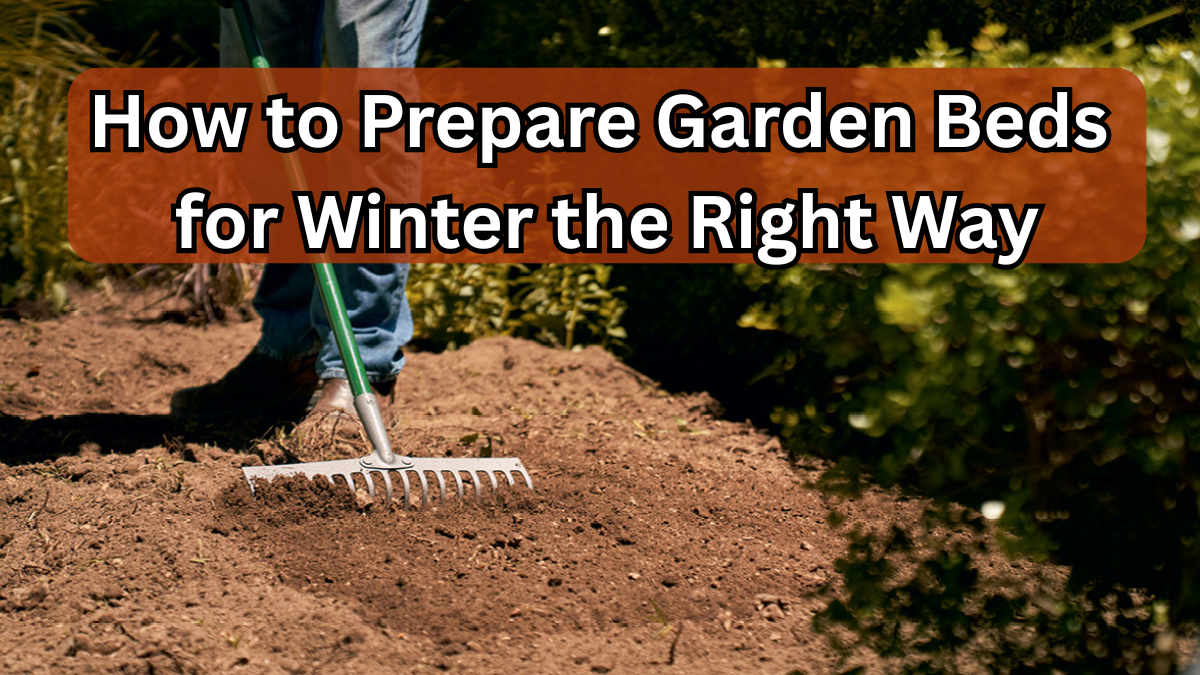Winter can be a challenging season for your garden, but with the right preparation, your plants and soil can survive the cold months and thrive come spring. Preparing your garden beds for winter ensures healthy soil, protects perennials, and reduces pest and disease problems. In this guide, we’ll cover essential steps to prepare garden beds for winter, so you can enjoy a flourishing garden next year.

Why Winter Gardening Matters
Even though plants slow down during winter, proper winter gardening practices help maintain soil health and protect your garden’s ecosystem. Preparing your garden beds for winter:
-
Prevents soil erosion
-
Keeps beneficial microbes alive
-
Protects perennials and bulbs from frost damage
-
Reduces weeds and pest issues in spring
Step 1: Clear Out Old Plants
Before winter hits, it’s essential to remove any spent plants and debris from your garden beds.
-
Pull out dead annuals and remove fallen leaves
-
Cut back perennials that are diseased or damaged
-
Compost healthy plant material to enrich your garden later
Tip: Leaving healthy stems on perennials can provide habitat for beneficial insects over winter.
Step 2: Soil Prep for Winter
Winter soil prep is a critical part of preparing garden beds for winter. Healthy soil ensures your plants bounce back in spring.
-
Test your soil: Check pH and nutrient levels to see what amendments are needed
-
Add compost or organic matter: This enriches the soil and prevents it from becoming compacted
-
Mulch generously: Spread a 2–4 inch layer of straw, shredded leaves, or bark to insulate the soil
| Soil Prep Task | Purpose | Tips |
|---|---|---|
| Soil testing | Identify nutrient deficiencies | Test 1–2 months before winter |
| Adding compost | Improve fertility and texture | Use well-rotted compost |
| Mulching | Protect roots from frost and reduce moisture loss | Apply evenly over beds |
Step 3: Frost Protection
Frost can damage tender plants and roots. Taking preventive measures is key.
-
Use row covers, cold frames, or garden blankets for vulnerable plants
-
Avoid heavy foot traffic on frozen soil to prevent compaction
-
Water plants before a freeze; moist soil retains heat better than dry soil
Note: Frost protection is especially important for winter vegetables like kale, spinach, and carrots.
Step 4: Plan Crop Rotation
If you practice vegetable gardening, winter is a great time to plan crop rotation to prevent nutrient depletion.
-
Avoid planting the same crops in the same beds consecutively
-
Rotate legumes, leafy greens, and root vegetables strategically
-
Cover crops like clover or rye can be planted to improve soil fertility
Step 5: Protect Garden Structures
Don’t forget about garden beds’ infrastructure.
-
Clean and store hoses, tools, and irrigation systems
-
Check raised beds for cracks or damage
-
Ensure drainage is working to prevent waterlogging during thaw cycles
Quick Winter Gardening Checklist
-
Clear dead plants and debris
-
Cut back damaged perennials
-
Test soil and add amendments
-
Mulch beds for frost protection
-
Protect tender plants with covers
-
Plan crop rotation or cover crops
-
Maintain garden structures and drainage
FAQs About Preparing Garden Beds for Winter
Q1: When is the best time to prepare garden beds for winter?
A1: Ideally, start preparing beds after the first frost or when plants naturally finish their growing cycle. This is usually in late fall.
Q2: Can I leave mulch on my beds all winter?
A2: Yes, mulch protects soil and plant roots. However, avoid piling it directly against plant stems to prevent rot.
Q3: Should I water my garden before winter?
A3: Yes, moist soil retains heat better than dry soil. Water plants well before the ground freezes.
Q4: Do I need to remove weeds before winter?
A4: Absolutely. Clearing weeds prevents them from going to seed and reduces spring garden maintenance.
Click here to learn more
